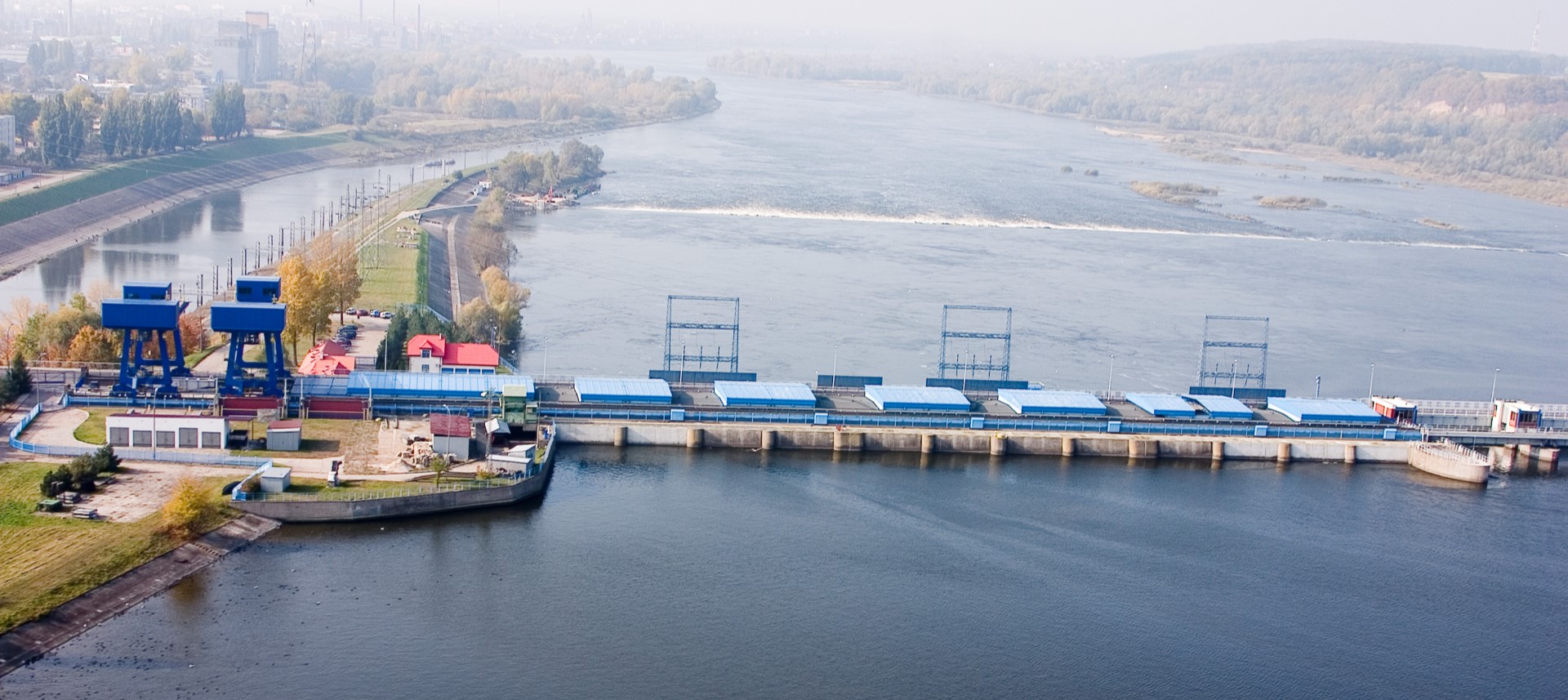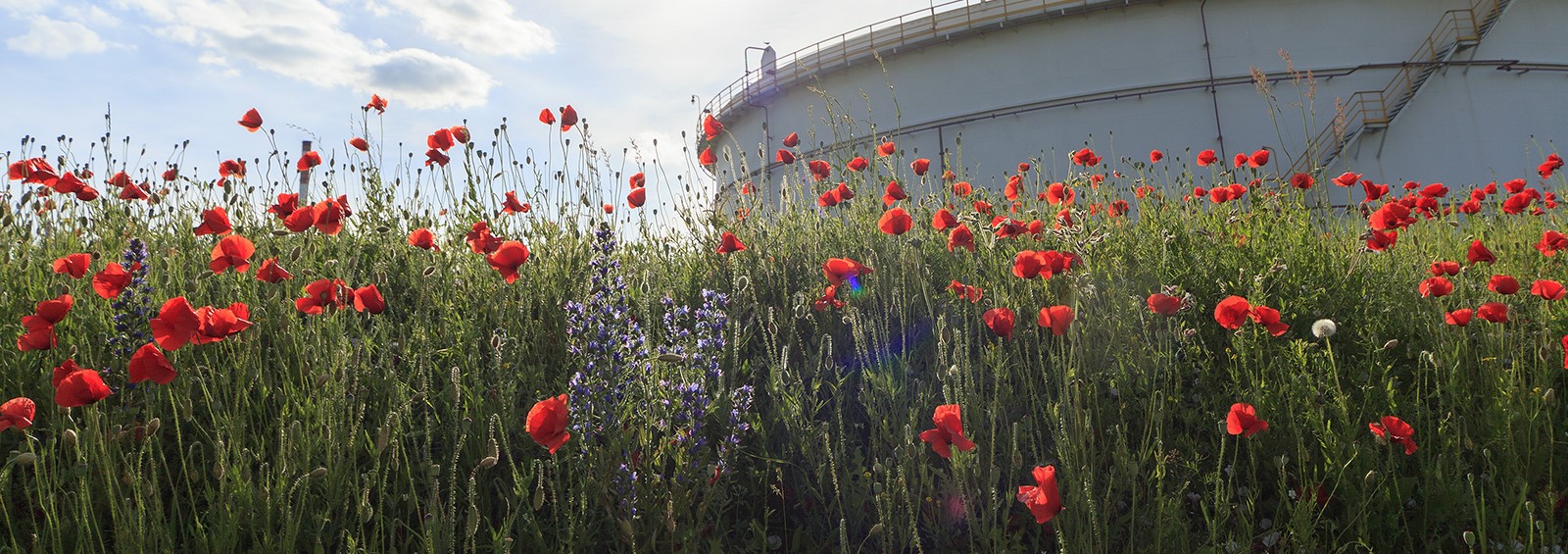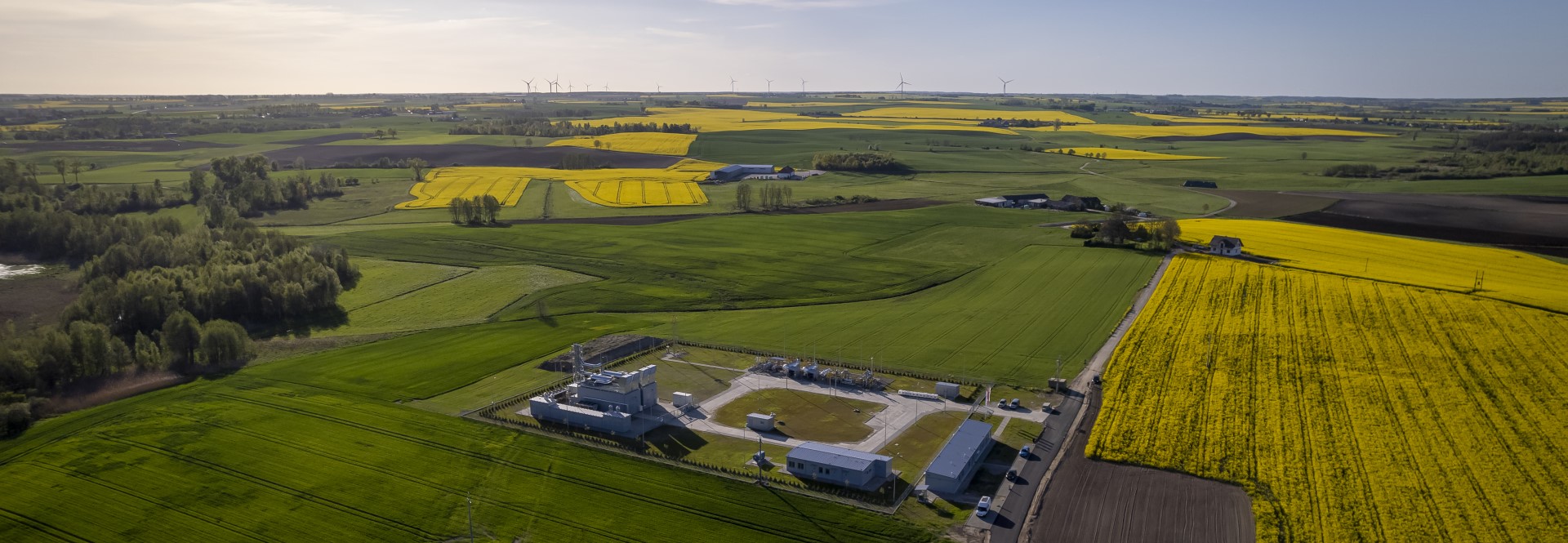Water and wastewater management
The process of water and wastewater management at the ORLEN Group has for years focused on the optimisation and efficiency of water withdrawal and consumption.

Water
-
103-1
-
103-2
-
103-3
-
303-1
-
303-3
Sweet surface waters are the main water source for the Group companies; their dry residue is below 1,000 mg/l. Sweet surface water is withdrawn by the Group’s largest companies: the Energa Group, ANWIL, IKS Solino, PKN ORLEN, ORLEN Południe, ORLEN Lietuva, ORLEN Unipetrol, Paramo and Spolana, and then distributed through water mains to their own production facilities, to other ORLEN Group companies and to third parties. Group companies also abstracted groundwater, albeit in significantly smaller quantities, and some of them used water provided by external suppliers. The volume of surface water, groundwater and mains water withdrawn by the ORLEN Group in 2021 totalled over 519 million m3, of which the largest amount was withdrawn by Energa Elektrownie Ostrołęka (419.1 million m3 of surface water and 383,000 m3 of groundwater). The significant growth of water withdrawal volumes was caused by increased generation of electricity and heat to ensure safe and economical operation of the National Power System. At the same time, the volumes are within the limits defined in the integrated permit for the units.
PKN ORLEN withdrew a total of 25.3 million m3 of water in 2021 for its production plant, service stations and fuel terminals (including 23.7 million m3 of surface water and 0.4 million m3 of groundwater), down by 2.8 million m3 on 2020. The decrease is attributable to lower water demand from the petrochemicals operations.
Water consumption at ORLEN Group companies
| Water intake point |
Water withdrawn [m3] |
||
|---|---|---|---|
| 2021 | 2020 | Change [%] | |
| Surface water | 512,998,351 | 327,031,321 | 56.87 |
| Groundwater | 1,611,673 | 1,581,749 | 1.89 |
| Mains water | 4,729,875 | 3,157,075 | 49.82 |
| Total | 519,339,899 | 331,770,145 | 56.54 |
In addition, Energa OZE withdrew 35.1 billion m3 of water for the operation of hydroelectric power plant turbines, and returned the same volume of water in unimpaired condition. Hydroelectric power generation involves returning of water, i.e. the water that flows through the power plant turbines is returned to the environment in the same amount and without any significant change in its physical and chemical parameters. High-efficiency turbines operating in such plants not only support generation of greater electricity volumes with less water flow, but also make it possible to aerate the water, which is beneficial to aquatic organisms, especially during periods of high temperatures.
Climatic conditions and demand for water are key factors that have a direct impact on the operation of ORLEN Group production plants. The risk of droughts, due to climate change and low levels of rainfall, can cause fresh water deficits in rivers and groundwater layers.
The ORLEN Group’s units that are most exposed to temporary water deficits are the plants in Inowrocław, Kalisz, Jedlicze, Mažeikiai and Litvinov.
Amount of water withdrawn from areas with impaired water availability
| Water intake point |
Water withdrawn [m3] |
Water resource pressure |
|
|---|---|---|---|
| Surface water | Groundwater | ||
| Inowrocław | 4,374,110 | 0 | Medium risk |
| Kalisz | 216,234 | 0 | High risk |
| Jedlicze | 517,200 | 69,098 | Medium risk |
| Możejki | 1,964,711 | 204,633 | Low risk |
| Litvínov | 17,568,432 | 0 | Medium risk |
| Total | 24,640,687 | 273,731 | |
Information on areas of increased water scarcity according to WWF can be found at https://waterriskfilter.org/explore/map.
Water discharge Effluents
-
303-4
Effluents from all ORLEN Group companies are directed to industrial and rain water sewage systems and then undergo treatment. Wastewater discharged to the environment is monitored. In 2021, the ORLEN Group’s overall discharge volumes were close to 503 million m3, including 494 million m3 of industrial wastewater. A significant volume of wastewater was discharged by Energa Elektrownie Ostrołęka: 416.8 million m3.
In addition to PKN ORLEN, the following companies operate their own wastewater treatment systems: Energa Elektrownie Ostrołęka, Energa Kogeneracja, ANWIL, Ship-Service, Spolana, Paramo, ORLEN Unipetrol, ORLEN Lietuva, ORLEN Południe, ORLEN Paliwa, ORLEN Budonaft, Naftoport, IKS Solino, Benzina and ORLEN Baltics Retail. All wastewater undergoes a treatment process which includes mechanical, physical, chemical and/or biological treatments. Once wastewater is treated in accordance with the companies’ integrated permits, it is discharged into rivers: Vistula, Oder, Narew, Elbląg, Elbe, Bílina, Dubulis, Obelaukis, Vltava, Jasiołka, Prosna, Brzeźnica, Ropa and Sowlina, and to the Baltic Sea.
The other companies divert their wastewater streams to wastewater systems of other Group companies or third parties.
Treated wastewater at the ORLEN Lietuva refinery and at the production plant in Płock is partly reused, which reduces the amount of water withdrawn from the environment for utility and fire-fighting purposes. In 2021, ORLEN Lietuva and PKN ORLEN reused 4.1 million m3 and over 3.5 million m3 of wastewater, respectively.
At ANWIL’s PVC plant, heat is recovered from process wastewater.
The volume of wastewater transferred to third parties (outside the ORLEN Group) was 1,744,819 m3, of which 1,438,126 m3 was industrial wastewater.
The ORLEN Group does not use rainwater collected directly or treated wastewater generated by entities from outside the Group.
Volumes of treated effluents discharged into the environment by ORLEN Group companies
| Effluent type |
Volumes of treated effluents discharged into the environment [m3] |
||
|---|---|---|---|
| 2021 | 2020 | Change [%] | |
| Industrial wastewater | 494,392,004 | 298,448,352 | 65.65 |
| Other | 8,198,390 | 5,608,669 | 46.17 |
| Total | 502,590,394 | 304,057,021 | 65.29 |
The significant rise in wastewater discharge volumes was caused by increased water withdrawal for electricity and heat generation to ensure safe and economical operation of the National Power System. At the same time, the discharge volumes are within the limits stated in the integrated permit issued to Energa.
The quality of wastewater discharged into the environment and to external sewage facilities is monitored in accordance with the law through regular measurement of the contents of individual substances in wastewater samples. In addition, in-service maintenance of the wastewater treatment equipment is performed.
Share of substance loads in effluents discharged into the environment
The substance load in effluents discharged into the environment totalled nearly 59,000 Mg.
Water consumption
-
303-5
In recent years, the ORLEN Group has made a number of investments that result in a more efficient use of water and increase the safety of water and sewage systems.
The companies recover water from treated effluents and use steam condensate circulation systems and closed water systems for cooling in production processes. Nevertheless, the total amount of water that was consumed without being discharged into the environment or third-party sewerage facilities was 15,004,687 m3. This water was used for manufacturing and cooling purposes.
Water storage for process and production needs has not been identified as a process having a major environmental impact. The following water tanks are used on the premises of the PKN ORLEN production plant in Plock, at the Water Production Unit:
- V-10000 decarbonized water tank holding water for industrial and power generation purposes;
- V-1000 Pn and V-1000 Pd potable water tanks holding water for drinking, sanitary and utility purposes.
The reservoirs of pre-treated water are buffer tanks used to minimise the effects of fluctuations in the flow levels in decarbonized water and potable water systems during periods of increased water consumption and in the event of maintenance work at the Water Production Department.

Mitigation of risks associated with water and wastewater management at PKN ORLEN
The process of water and wastewater management at PKN ORLEN has for years focused on the optimisation and efficiency of water withdrawal and consumption. The effectiveness of our responsible management of water resources and investments in state-of-the-art technologies is demonstrated by the developments seen at the Płock refinery over the last 40 years, where steady growth of production and crude oil processing was accompanied by a gradual decrease in the water consumption and wastewater discharge volumes.
Reduction of water consumption and wastewater discharge volumes vs crude oil throughput in 1980−2021
Crude oil throughput
[million m3]
+13% 2021
Withdrawal of water
[million m3]
-51% 2021
Discharge of wastewater
[million m3]
-66% 2021
PKN ORLEN uses 23.7 million m3 of water a year, with 905 million m3 of water circulating in its systems annually.
Water is essential for the operation of the production plant in Płock. It is used for:
- power generation;
- cooling;
- technical safety.
Water for power generation and cooling purposes is sourced from the Vistula, whereas all water for technical safety purposes is produced from wastewater treated on the plant premises, which is an element of a semi-closed loop water system.
Cooling water is abstracted from the Vistula and then treated to remove impurities. This water, called process water, is directed to cooling water towers, where it is added to the water circulating in the closed-loop system between the cooling water towers and the production units. Cooling water needs to be refilled to make up for its losses (of about 2% of the total amount of the cooled water) caused by partial evaporation during water cooling processes occurring in the cooling towers.
Water for technical safety purposes is water produced from treated wastewater and subjected to a final purification process. Water for fire protection purposes is directed to the Company’s fire hydrant network to be used in case of fire. A part of this water is directed to the utility water hydrant network and is used for other technical purposes at the plant. The plant also produces drinking water for its own use from water drawn from the Company’s own deep wells located in the area of Biała Stara and treated on the premises of the production plant.
Water cycle at the Płock production plant
Energy saving measures include:
- Operation of pumps with frequency inverters.
- The inverter can control any of the power supply units available at the pumping station. The leading parameter for the operation of an inverter is the pressure in an operating manifold.
- Pumping water through three manifolds instead of one.
- Each meter of pumping height means some 10.5 kW of additional power consumption. If a single pipeline is in operation, linear losses grow in line with the increase in flow velocity, resulting in an increase in the pumping height and thus in higher power consumption.
- Maintaining a low water level in the tower tanks reduces the pumping height and thus mitigates power consumption growth.
- The purchase of a new inverter improved the control efficiency by a few per cent. Effect: reduction of electricity consumption by 3,000,000 kWh a year.
Production of cooling water
[million m3]
Electricity consumption rate for water circulation
[kWh/m2]
7.7% reduction
Efficient water and wastewater management
Approximately 3.7 m3 of wastewater per year is recycled to produce water for fire protection purposes at the Płock production plant.

